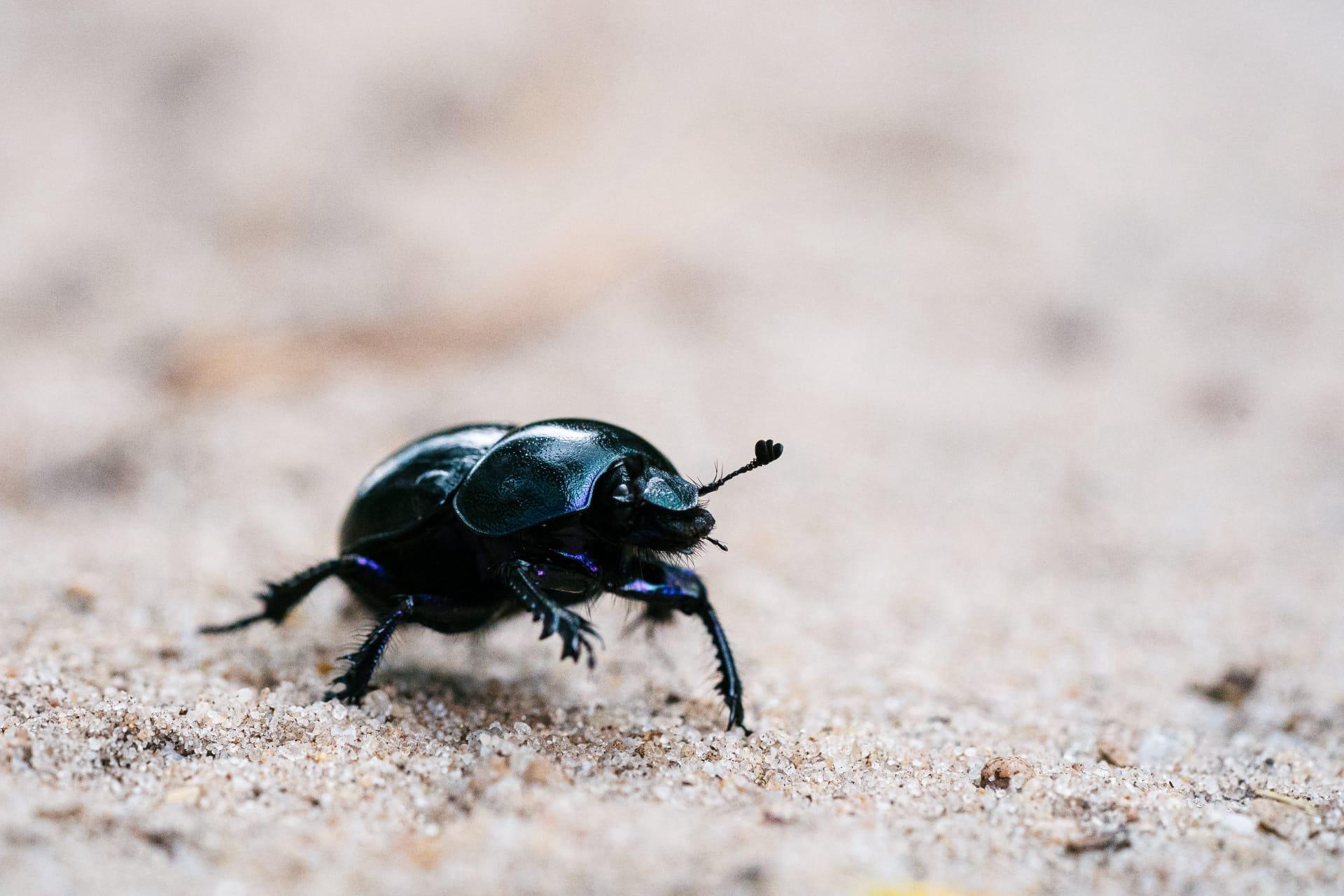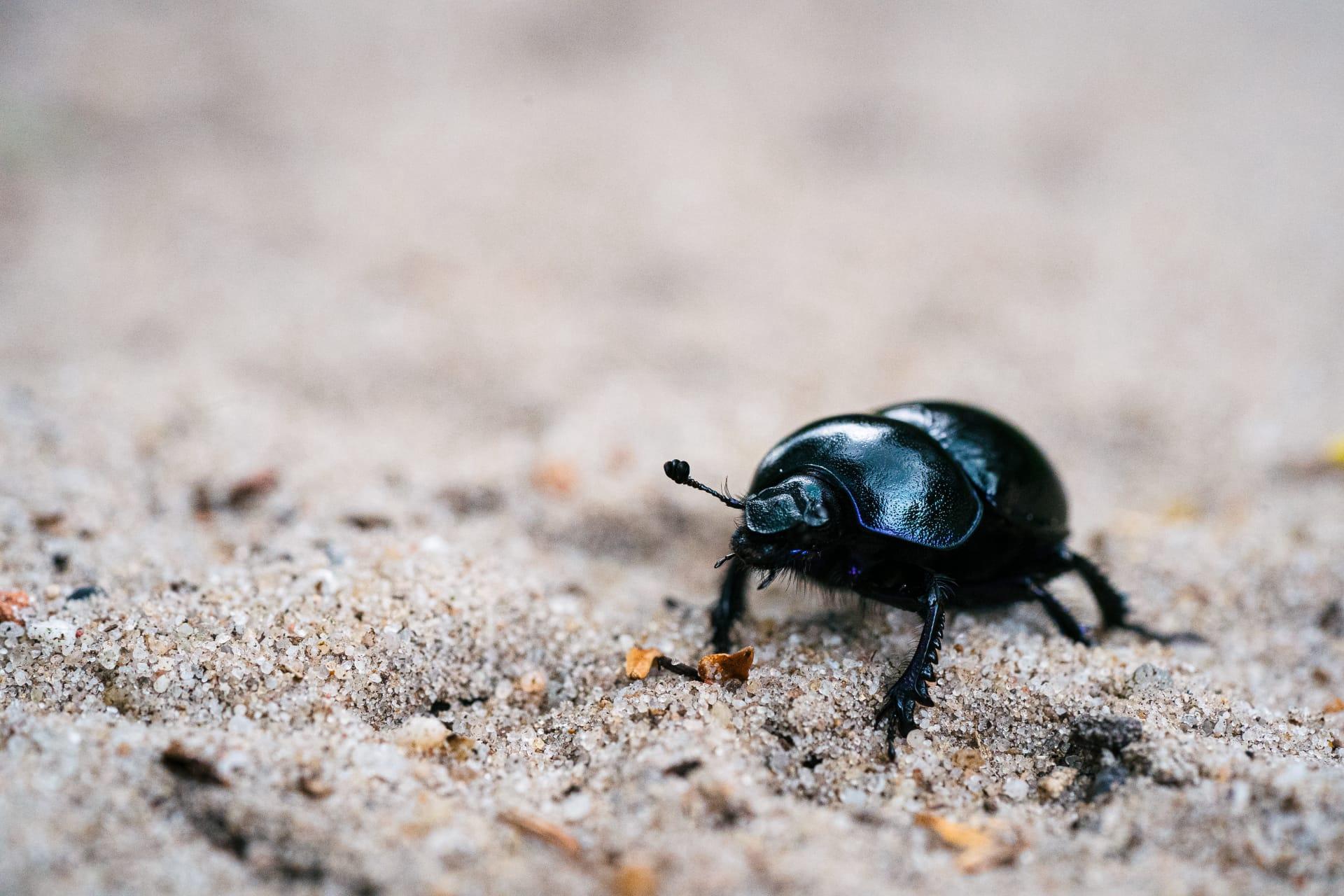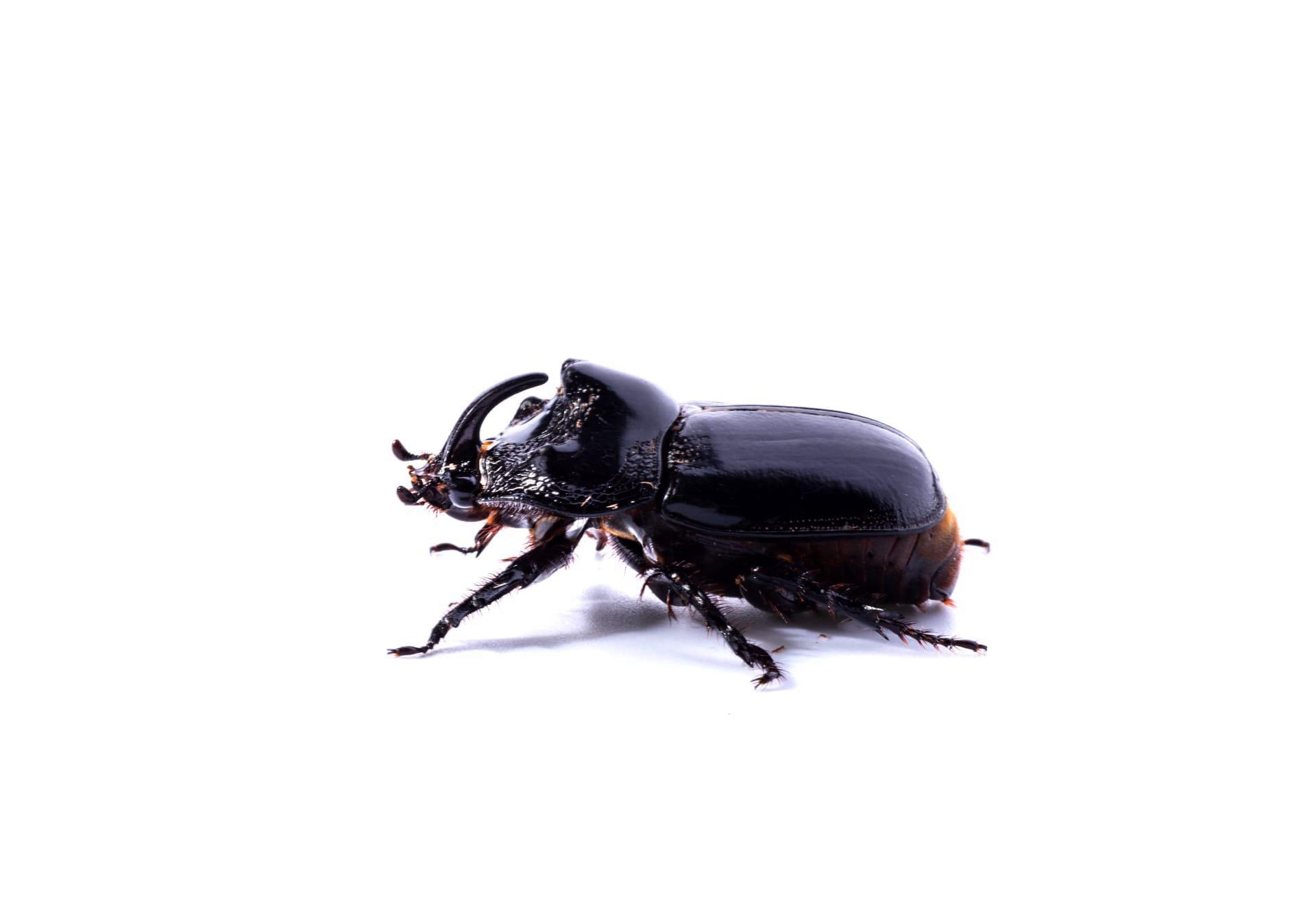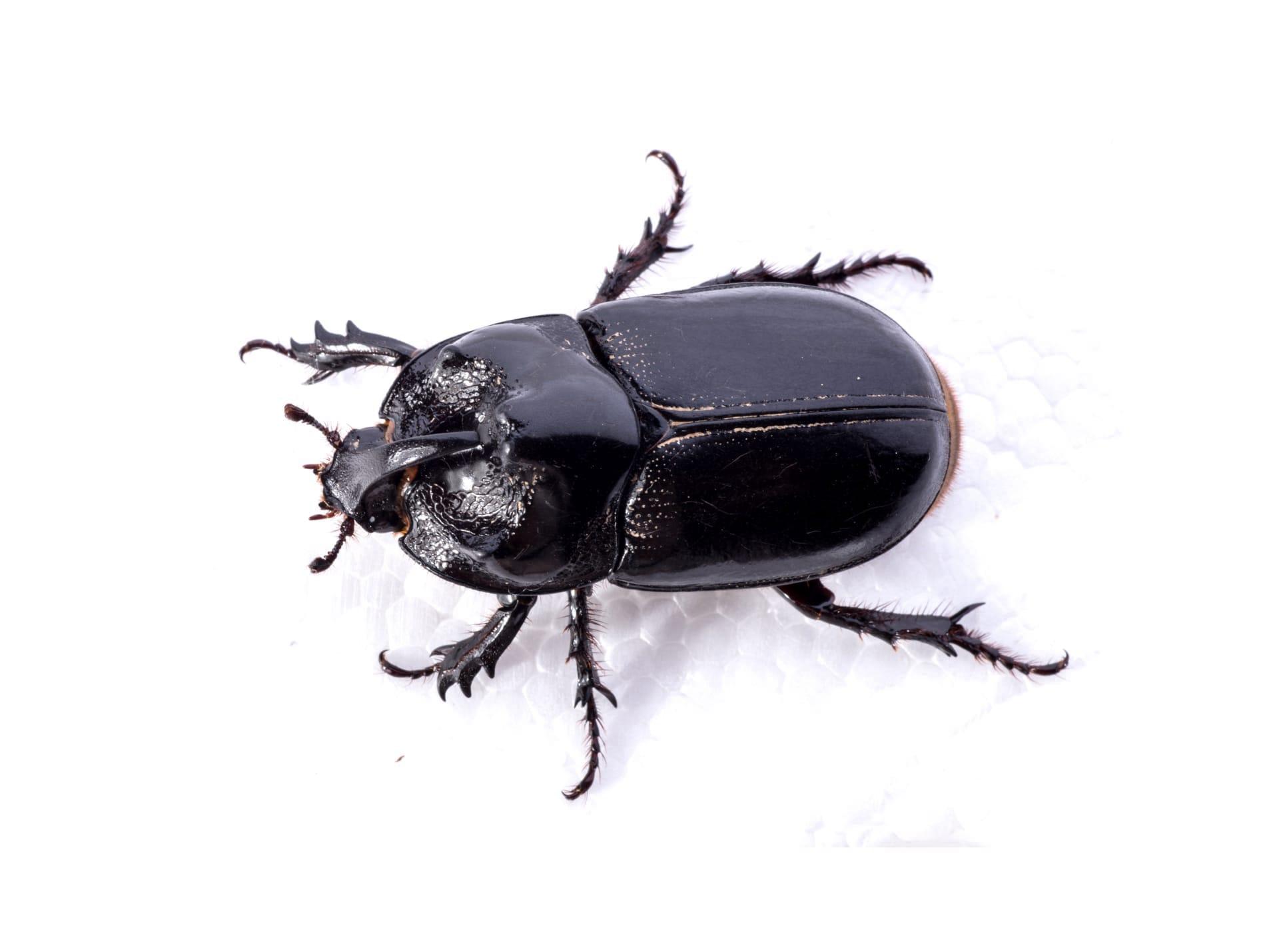Black Beetle Characteristics
- Home /
- Mini Encyclopedia /
- Animal /
- Black Beetle Characteristics
1
Black beetles, a fascinating group of insects, have some remarkable physical features. Typically, these beetles measure about 0.5 to 1.5 inches in length, although sizes vary across different species. The color of their robust, hard exoskeletons is predominantly black, with a glossy sheen in many species, aiding in moisture retention and protection from predators. Lifespan is another interesting aspect; most black beetles live for about 1 to 3 years, depending on environmental factors and predation risks.
The most intriguing organ of a black beetle is its elytra - the hardened forewings. Unlike the delicate wings of other insects, the elytra serve as protective armor for the beetle's hindwings and soft abdomen. This unique adaptation not only provides defense against predators and harsh environmental conditions but also aids in moisture conservation. Additionally, the elytra play a crucial role during the beetle's flight, as they help in maintaining stability and direction.

2
Question: Why do black beetles have such a shiny, black exoskeleton?
Answer: The shiny, black exoskeleton of black beetles is not just for show; it serves several vital functions. Primarily, the dark coloration helps in thermoregulation, allowing the beetles to absorb heat efficiently, which is crucial for their activity and survival in cooler temperatures. Additionally, the glossy sheen is due to the presence of a waxy layer on the exoskeleton, which plays a significant role in water retention, preventing the beetle from drying out. This adaptation is especially beneficial in arid environments. The hard and shiny exoskeleton also acts as a protective shield against predators, making it difficult for them to grip and eat the beetles.

3
Black beetles exhibit interesting locomotion characteristics. They are primarily ground-dwellers, known for their ability to move quickly and nimbly over various terrains. Their legs are well-adapted for running; the strong, curved claws help in gaining traction on the ground. Some species are also capable of flight, using their hindwings beneath the elytra, although they are generally not as adept at flying as other insects.
In terms of feeding habits, black beetles are predominantly omnivorous, with diets varying among species. Many feed on a variety of plant materials, including fruits, leaves, and wood, while others are scavengers, feeding on decaying organic matter and carrion. This versatility in diet plays a crucial role in their survival, allowing them to thrive in diverse environments.

4
Black beetles are adaptable creatures, inhabiting a wide range of environments. They are commonly found in forests, gardens, fields, and even in urban areas. Their ability to live in various climates, from tropical to temperate regions, showcases their adaptability. The preference for a habitat is often influenced by food availability and the need for protective cover, such as under rocks, logs, or leaf litter.
Reproduction is a vital aspect of the black beetle's life cycle. Most species undergo complete metamorphosis, starting from egg, larva, pupa, to the adult stage. The female beetles typically lay eggs in a safe, secluded environment. The larvae, often called grubs, are generally soil-dwellers and undergo several molts before pupating. The duration of the life cycle varies among species and is influenced by environmental factors like temperature and food availability.

5
Book: "Beetles of the World" by Charles L. Bellamy, published in the USA in 2002. This comprehensive guide explores various beetle species globally, including black beetles. Bellamy delves into their biology, behavior, and ecology, offering readers insights into the fascinating world of beetles. The book is well-illustrated, making it accessible to both enthusiasts and professional entomologists.
Book: "The Secret Life of Beetles" by Paul A. Ruppert, published in the UK in 2010. Ruppert's work focuses on the hidden lives of beetles, including black beetles. He covers aspects like their intricate behaviors, survival strategies, and ecological importance. The narrative is engaging, aimed at bringing the reader closer to understanding the complex lives of these often-overlooked creatures.